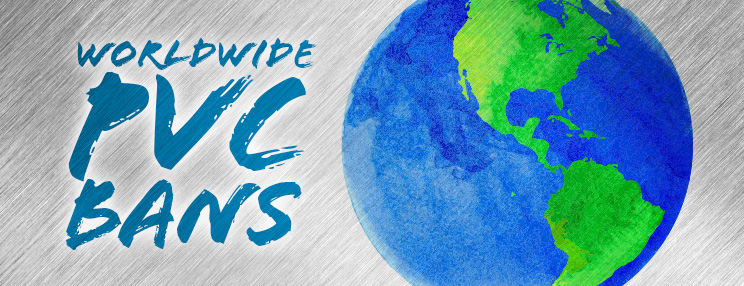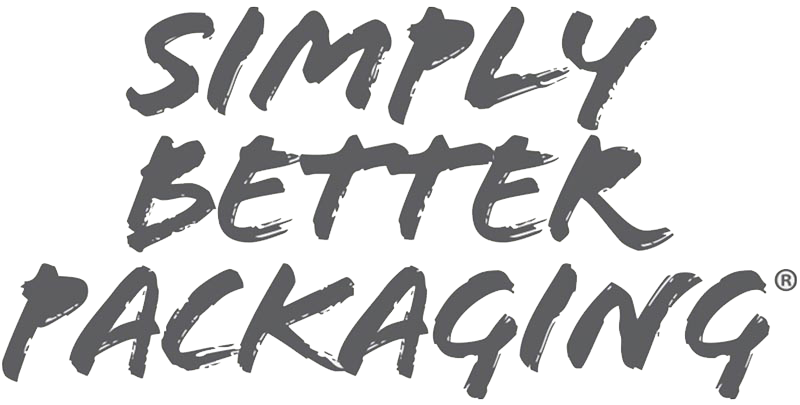Worldwide PVC Bans

What do these bans mean for producers?
By Catherine Haub
In April 2022, the European Union announced a ban on 12,000 chemicals that fall into six broad groups by 2030 to improve human and environmental health [1]. This ban is in response to the study that found that chemical pollution had crossed a dangerous threshold and has been blamed for whale species depletion and declining fertility rates [2]. One of these chemicals includes PVC, also known as polyvinyl chloride, which is the sixth most produced plastic in the world [1]. Later in the year, though, it seems that political leaders changed their minds as the European Commission postponed the bans on these substances [3]. The ban on these substances has been postponed to an unknown date, angering many environmentalists who supported the bill [3]. Many believe this is due to push back from European chemical companies as they are the fourth largest industry in the Union [3].
While the EU has postponed the ban, other countries have already made this move, including Canada, the Czech Republic, Spain, and South Korea [4]. But why would countries ban PVC? The reasons why the EU wanted to ban PVC fall under the health and environmental categories, and those can explain why these other countries have banned it. PVC is said to be the most environmentally damaging plastic there is [5]. As it says in the name, Polyvinyl chloride contains chlorine, which has been linked to many toxic environmental problems including destroying the ozone layer [5]. Chlorine toxins build in the air and flow through the water and the food chain, leading to humans unintentionally ingesting them [5]. When humans ingest the toxins, it can lead to several health problems, including infertility issues, hormone disruption, cancer, and much more [5]. PVC also creates dioxins, which are very toxic to the environment and can be ingested by humans [6]. Dioxins are said to be the most toxic chemical compound in the world and are extremely dangerous to humans and the environment [6]. With both environmental and health concerns, it’s no wonder why countries and companies are looking to go away from PVC, and it wouldn’t be surprising if other countries make this move as well.
With all these regulations in place, producers need to know what countries these regulations and what other options they have for packaging their products. At Placon, sustainability has been one of our pillars, and we have worked to make products that fit our customer’s needs. Back in 1992, we made the switch from PVC to PET with our BlisterBox, creating a much more human and environmentally friendly option for producers. Want a more sustainable option? Reach out to us to make the switch! To know where regulations are in place, check out our Regulations spreadsheet found on the Sustainability page to see if you fit the requirements for where you are selling.
[2]Chemical pollution has passed safe limit for humanity, say scientists | Pollution | The Guardian
[4]PVC Policies Across the World (toronto.ca)
ABOUT PLACON
Since 1966, Placon has been a leading designer and manufacturer of innovative and sustainable plastic packaging for medical, food, and consumer goods markets. Placon has manufacturing operations in Madison, WI; West Springfield, MA; Elkhart, IN; and Plymouth, MN, and is currently ranked in the Top 20 in Plastics News 2024 Thermoformers Rankings. Placon delivers packaging breakthroughs that inspire better engagement between people and products.





